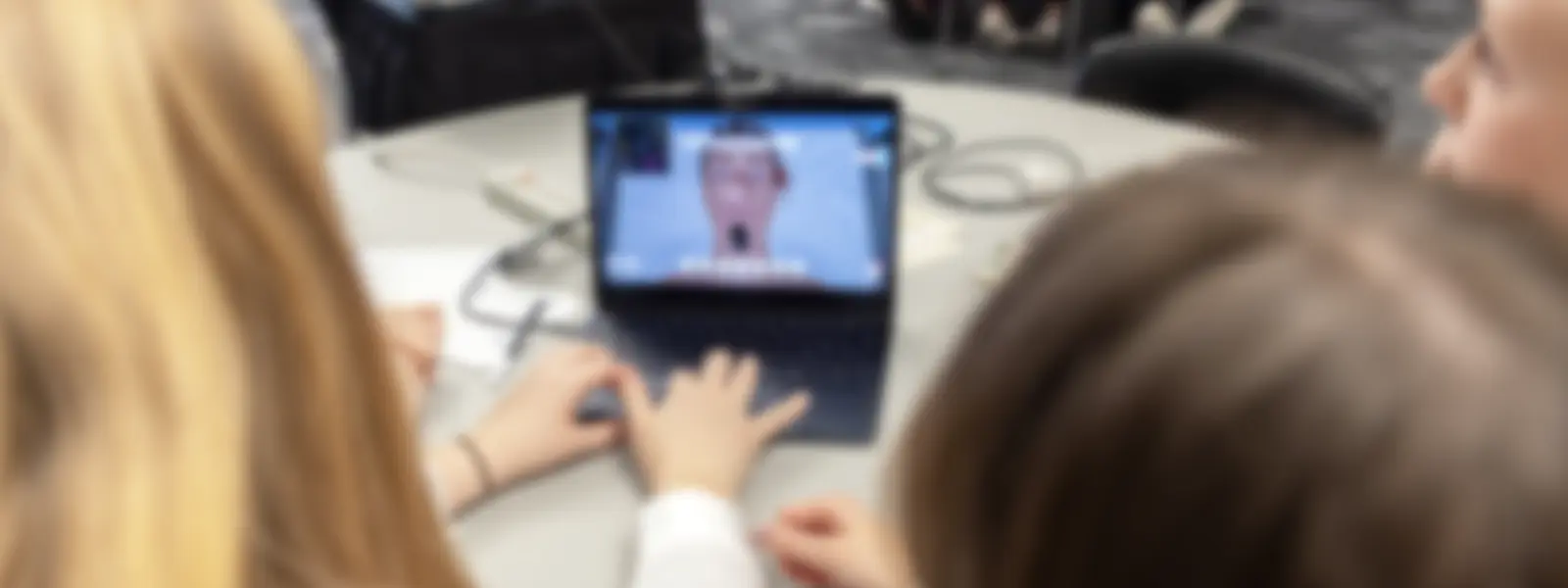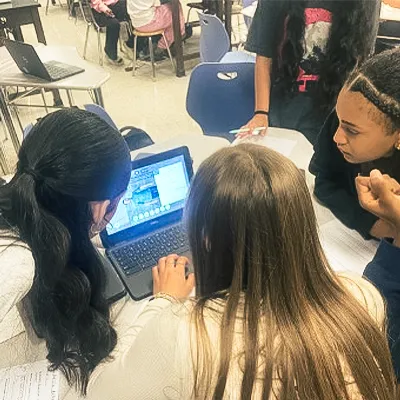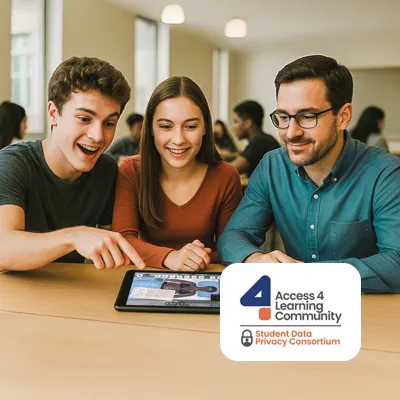Davis Health Careers Academy Health Science Classes: A Case Study on Body Interact
The incorporation of interactive learning tools has become increasingly significant. Denise Olsen, Health Careers Academy Coordinator at Davis Health Careers Academy, has successfully integrated virtual patient simulation into her high school health science curriculum using Body Interact. This tool, which she was introduced to at the HOSA State Leadership Conference, offers a compelling and interactive approach to learning that has transformed her classroom experience.
Denise Olsen’s journey with Body Interact began with a search for a more engaging way to present case studies. Body Interact, a virtual patient simulation platform, provides students with the opportunity to solve medical cases either in groups or individually. The platform’s flexibility and real-life simulations make it an ideal fit for the Health Science Pathway at Davis Health Careers Academy.
Olsen’s curriculum for sophomores includes an introduction to health science where students learn about insurance, ethics, and the history of medicine before diving into body systems. At the end of the year, students take the Health Science Introduction CTE certification exam, with many passing successfully.
“I love it that, you know, if they make the wrong choice, the patient actually shows visible changes or the answers will change if you go back and ask them questions.”
Denise Olsen, Health Careers Academy Coordinator
Davis Health Careers Academy
Integrating knowledge through virtual patient simulation
Body Interact seamlessly integrates with this program, allowing Olsen to select case studies based on the body systems her students are currently studying.
The interactive nature of Body Interact helps students understand hospital or clinic settings better. They become familiar with medical terminology, the use of lines and tubes, and the roles of various specialists.
When solving a virtual patient scenario, Denise gives her students the choice to work individually or in groups, observing that initially, many students felt overwhelmed when working alone. However, this setup allows them to collaborate, share opinions, and sometimes even face the frustration of differing outcomes based on their decisions.
Recognizing that students might lack the initial tools needed to navigate the program, Olsen created a study guide to help them. This guide includes information on different specialists and their related body systems, aiding students in making informed decisions during simulations. For instance, understanding that a gastroenterologist is the specialist to consult for digestive system issues helps students progress through the scenarios more effectively.

Review the metrics and critically reflect on their performance
Denise also integrates writing assignments into her use of Body Interact. Students are required to take screenshots of their results and write paragraphs reflecting on their experience. These posts are shared in the school’s learning management system, where students can see others’ posts only after submitting their own.
This method ensures that each student independently reflects on their diagnosis and reasoning, promoting critical thinking and personal accountability.
Body Interact provides detailed feedback, including a global score and breakdowns by physical exams. Students often need to repeat scenarios, learning from their mistakes and gradually improving their decision-making skills. The platform’s hints and suggestions serve as valuable teaching aids, guiding students when they struggle and informing Olsen’s teaching strategies.

Watch Denise’s full presentation
The innovative use of Body Interact in her high school health science classes illustrates the power of interactive learning tools in education. By simulating real-life medical scenarios, students gain practical experience, enhance their understanding of complex medical concepts, and develop critical thinking and teamwork skills. This approach not only prepares them for certification exams but also equips them with a deeper appreciation and readiness for future careers in the health sciences.









